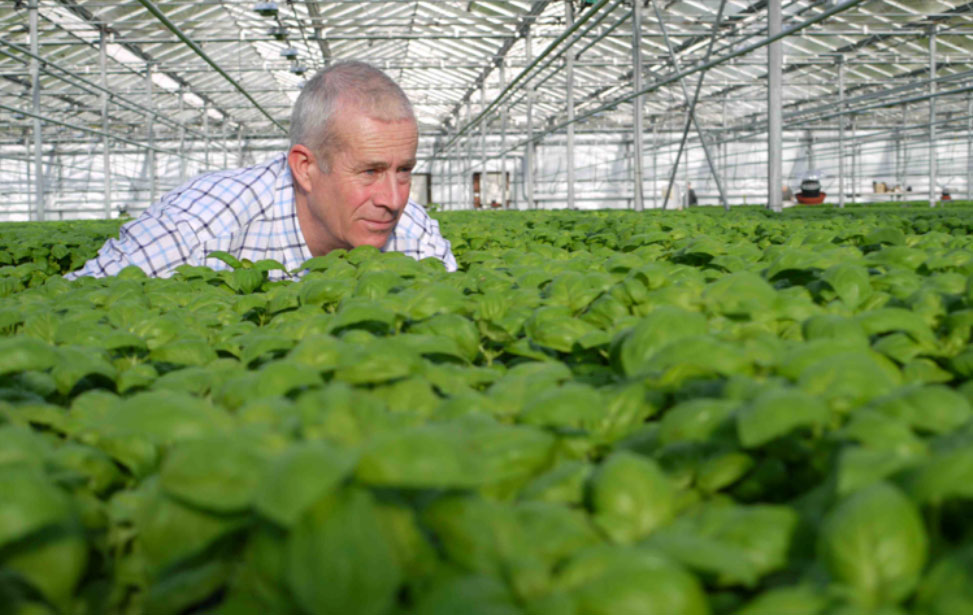#Walipini #GreenhouseDesign #SustainableAgriculture #InnovationInFarming #EnvironmentalConsciousness #FarmersTechnology #UndergroundGreenhouse #AgriculturalInnovation
Greenhouses, and polytunnels play a significant role in both small-scale and large-scale agriculture, allowing the cultivation of diverse crops and extending growing seasons. While traditional greenhouses have a long history dating back to ancient Rome, the walipini, a lesser-known but highly practical and environmentally friendly form, originates from Bolivian farmers in the La Paz region.
Design and Functionality:
The walipini is a rectangular pit, 180–240 centimeters deep, dug into the ground and covered with materials like plastic, glass, or other translucent substances. Its walls are primarily the surrounding earth, creating an underground structure that combines passive solar energy with the earth’s heat-retaining capabilities.
Building Considerations:
When constructing a walipini, careful attention to orientation, roof angle, and insulation is crucial to maximize sunlight during winter while minimizing excessive heat in the summer. The choice of roofing material, whether it be polyethylene film, glass, or polycarbonate, influences the structure’s efficiency.
Key Considerations:
Orientation and Roof Angle: Optimal positioning for sunlight efficiency.
Roof Construction: Precise fitting and insulation are essential.
Soil Structure: Stability depends on the soil type; additional support may be necessary.
Water Drainage: Prevent water damage to walls by collecting and utilizing rainwater for irrigation.
Shading and Ventilation: Implement shading and adequate ventilation to control temperature, especially during hot summers.
Sustainability and Environmental Impact:
Walipinis promote sustainable agriculture by harnessing natural elements, such as rainwater collection, passive solar energy, and efficient use of space. The article emphasizes the importance of sustainable farming practices and environmental consciousness in modern agriculture.
The walipini, with its underground design and focus on sustainability, offers a promising solution for farmers and agricultural enthusiasts. By integrating technology, innovation, and eco-friendly practices, the walipini represents a step towards a more resilient and sustainable future for agriculture.













